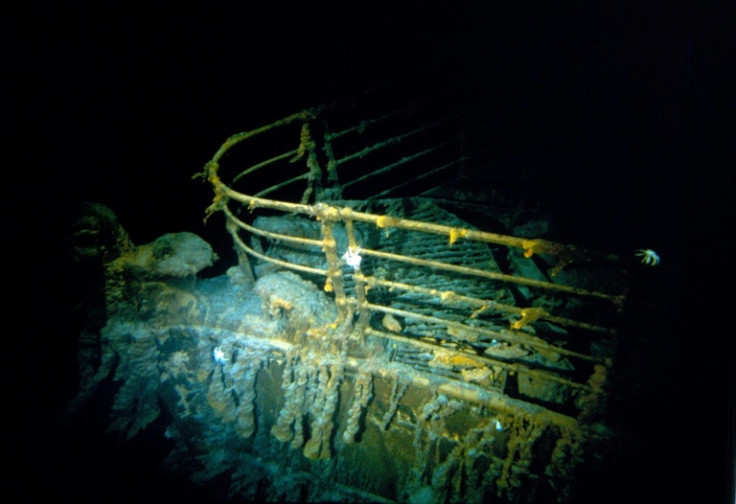Search For Missing Submersible Spreads Across An Area Twice The Size Of Connecticut

In a determined bid to locate a missing submersible and its crew members, the Coast Guard, alongside several assisting agencies, continues to escalate their search efforts despite the vessel's diminishing oxygen supply.
During a press conference held Wednesday, Captain Jamie Frederick, the response coordinator for the First Coast Guard District, provided an update on the expanded area of the search, revealing that it now spans approximately two times the size of Connecticut and reaches depths of up to two-and-a-half miles. He stressed the exponential growth of the search area, expanding on an hourly basis.
He reiterated the continuous nature of the search and rescue operations, saying, "This remains a steadfast search and rescue mission. We are fully committed to this operation and will utilize all available resources in our pursuit of locating the Titan and its crew members," reported CNN.
Captain Frederick acknowledged the significant limitations faced by the submersible crew in terms of food and water supplies. While oxygen levels are a crucial factor considered by the rescue teams in planning and determining the next steps, he highlighted that they are just one aspect among several data points taken into account.
Maintaining an optimistic outlook in such circumstances was emphasized by Captain Frederick, underscoring the importance of holding onto hope and remaining positive when confronted with a search and rescue scenario.
As outlined by Captain Jamie Frederick, the search operations for the Titan encompass both surface and subsurface elements. These operations are primarily focused around 900 miles off the coast of Cape Cod, with an additional distance of 400 miles southeast of St. Johns. The remote location poses challenges in swiftly mobilizing significant quantities of equipment.
Banging sounds detected in area where Titanic submarine disappeared
Rescue crews scouring the area for the missing Titan submersible near the Titanic wreckage reportedly claimed hearing banging sounds at 30-minute intervals on Tuesday.
The banging noises persisted four hours later even after additional sonar devices were deployed, CNN reported, citing an internal government memo providing an update on the search.
Amid growing concerns about the fate of the Titan submersible, the sounds have sparked renewed hope and intensified efforts in the search and rescue operation. Authorities continue their relentless pursuit to locate and recover the missing submersible and its crew.
The specific timing and duration of the banging sounds heard during the day remained unclear, as per the initial memo. However, the update reportedly indicated that additional sounds were also detected, although they were not explicitly described as "banging."
"Additional acoustic feedback was heard and will assist in vectoring surface assets and also indicating continued hope of survivors," the update said, according to the outlet.
A Canadian P-3 aircraft "detected underwater noises in the search area," CNBC reported, citing the Coast Guard. An underwater robot was then moved to that area to carry out a search. Their effort has "yielded negative results but continue," according to the outlet.
The decision to prioritize the investigation of the acoustic feedback suggests that it is a significant lead in the search for the missing submersible.
Meanwhile, a renowned oceanographer expressed his optimism Tuesday after the banging sounds were detected. He emphasized the importance of not delaying in getting necessary assets to the location.
"My hope is that they spent a lot of time and assets trying to locate where the bangs are coming from," David Gallo, senior adviser for strategic initiatives at RMS Titanic Inc, said, as per a separate report from CNN.
"Time is of the essence because once you ... have an area where you know that the bangs are coming from ... you need to get assets there — submarines and robots — over that spot to investigate," he added.
"You can't wait to slowly prove that there is something there. You should assume that there is something there, and move things now because time is running out," Gallo said further.
The submersible, which is operated by tour firm OceanGate Expeditions, was en route to explore the wreckage of the Titanic and was carrying five individuals when it went missing on Sunday.
OceanGate Expeditions Stockton Rush is reportedly aboard the missing submersible. The other passengers are 58-year-old British explorer and businessman Hamish Harding, Pakistani businessman Shahzada Dawood and his son Sulaiman, as well as 73-year-old French explorer Paul-Henry Nargeolet.
© Copyright IBTimes 2024. All rights reserved.











